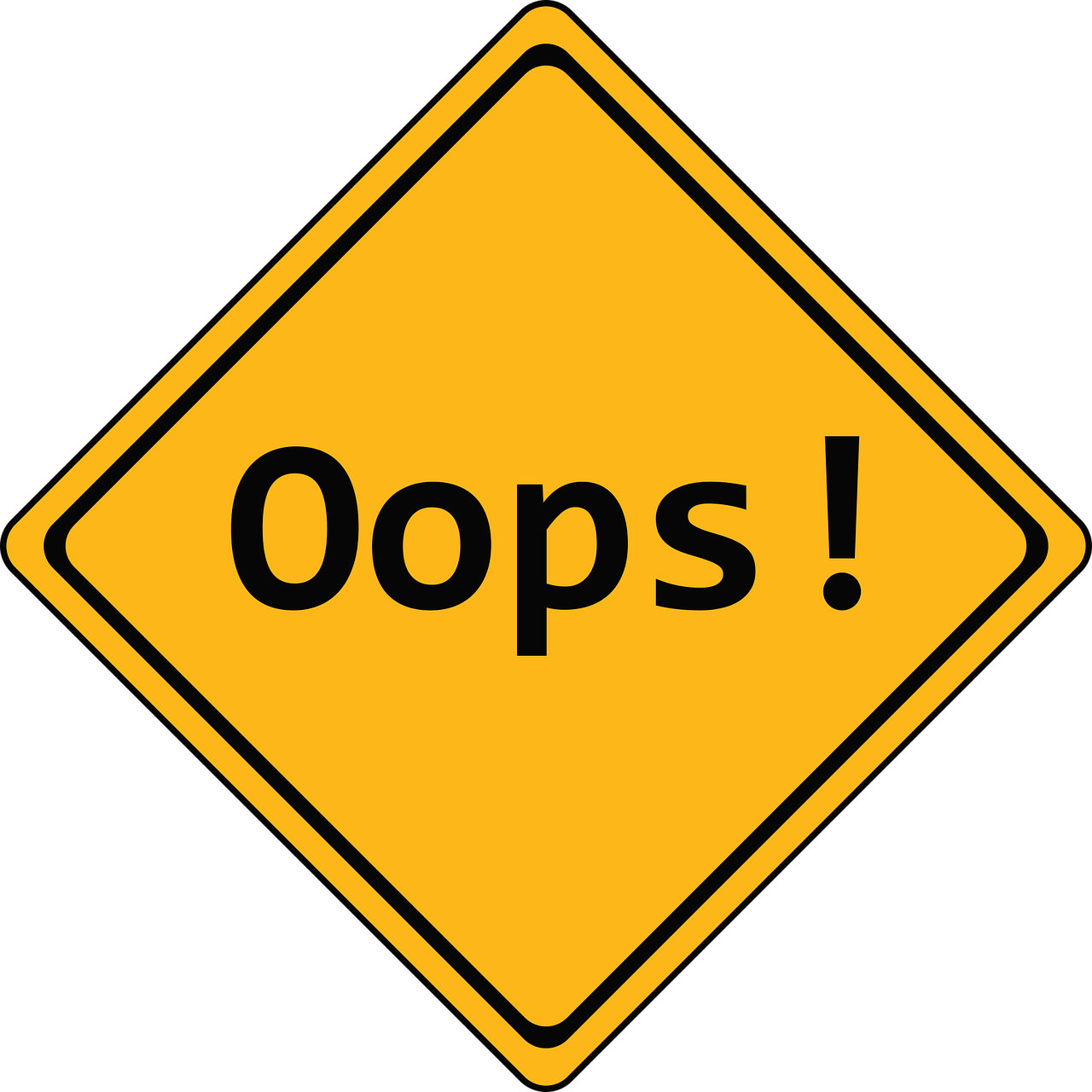Identifying trademark ownership may seem pretty straightforward in a trademark application, but like with anything, mistakes happen — particularly for pro se applicants (those representing themselves and operating without an attorney).
While identifying an incorrect owner is a common mistake, it is often fatal for a trademark application or registration. And, it does not even matter how long a mark has been registered, if it is registered under the incorrect owner, it can be invalidated.
The Trademark Manual of Examining Procedure provides examples of non-correctable and correctable ownership errors:
Examples of Non-Correctable Ownership Errors:
- Officer of Entity Files as an Individual. If the president, CEO, owner, or other officer of a company identifies itself as the owner of a mark, when, in fact, the entity owns the mark the application is void because the applicant is not the owner of the mark.
- Predecessor in Interest. If an application is filed in the name of entity A, when the mark was assigned to entity B before the filing date, the application is void because the applicant was not the owner of the mark at the time of filing.
- Joint Venturer Files. If the application is filed in the name of a joint venturer when the mark is owned by the joint venture, and there is no inconsistency in the original application between the owner name and the entity type (such as a reference to a joint venture in the entity section of the application), the applicant’s name cannot be amended.
- Sister Corporation. If an application is filed by corporation A, but a sister corporation B owns the mark, the application is void because the application was not the owner of the mark. This has been enforced even when the sister corporation has the same controlling shareholder, president, and shared the same premises as applicant.
- Parent/Subsidiary. If an application is filed in the name of corporation A, a wholly owned subsidiary, and the parent corporation (corporation B) owns the mark, the application is void as filed because the applicant is not the owner of the mark.
- Joint Applicants. If an application owned by joint applicants is filed in the name of one of the owners and another party who is not the joint owner, the application is void as filed because the listed parties did not own the mark as joint applicants.
Examples of Correctable Ownership Errors:
- Trade Name Set Forth as Applicant. Where the applicant mistakenly identifies itself by its trade name, which is not a legal entity.
- Operating Division Identified as Applicant. When applicant mistakenly identifies an operating division of its company as the owner.
- Minor Clerical Errors. Minor clerical errors such as the omission/mistaken inclusion of “Inc.,” “The,” “Co.,” or a comma, so long as the correction does not change the entity.
- Inconsistency in Original Application as to Owner Name or Entity. When an entity and an individual are each listed as the owner in different places within the application, can clarify the inconsistency.
- Change of Name. If the owner legally changed its name prior to filing the application, but the application lists the former name.
- Partners Doing Business as Partnership. If an applicant has been identified as “A and B, doing business as The AB Company, a partnership,” and the true owner is a partnership organized under the name The AB Company and composed of A and B, the applicant’s name should be amended to “The AB Company, a partnership composed of A and B.”
- Non-Existent Entity. If the entity listed on the application did not exist at the time of filing.
Who Should be Listed as the Owner?
Generally, the trademark owner is the entity or individual that receives the funds from the sale of the goods or services provided under the mark. For intent-to-use applications, where the applicant is not yet using a mark, the owner can be the entity or individual that contributed (either monetarily or through labor) to the creation of the brand and is intended to receive the funds from providing the branded goods and services.
It is critical to identify the correct owner on trademark applications, and is unfortunately a very common mistake that can invalidate federal trademark rights. Further, ownership mistakes are not often identified by the USPTO during prosecution, as it does not typically inquire about the relationship between the applicant and other parties identified on a specimen or elsewhere in the record.
Engaging a trademark attorney who provides counsel on all aspects of trademark ownership is the best way to minimize the potential risks and help to ensure protection of your brand.
Contact Evoke Law at iplaw@evoke.law if you have any questions about trademark ownership or correcting an application or registration.
